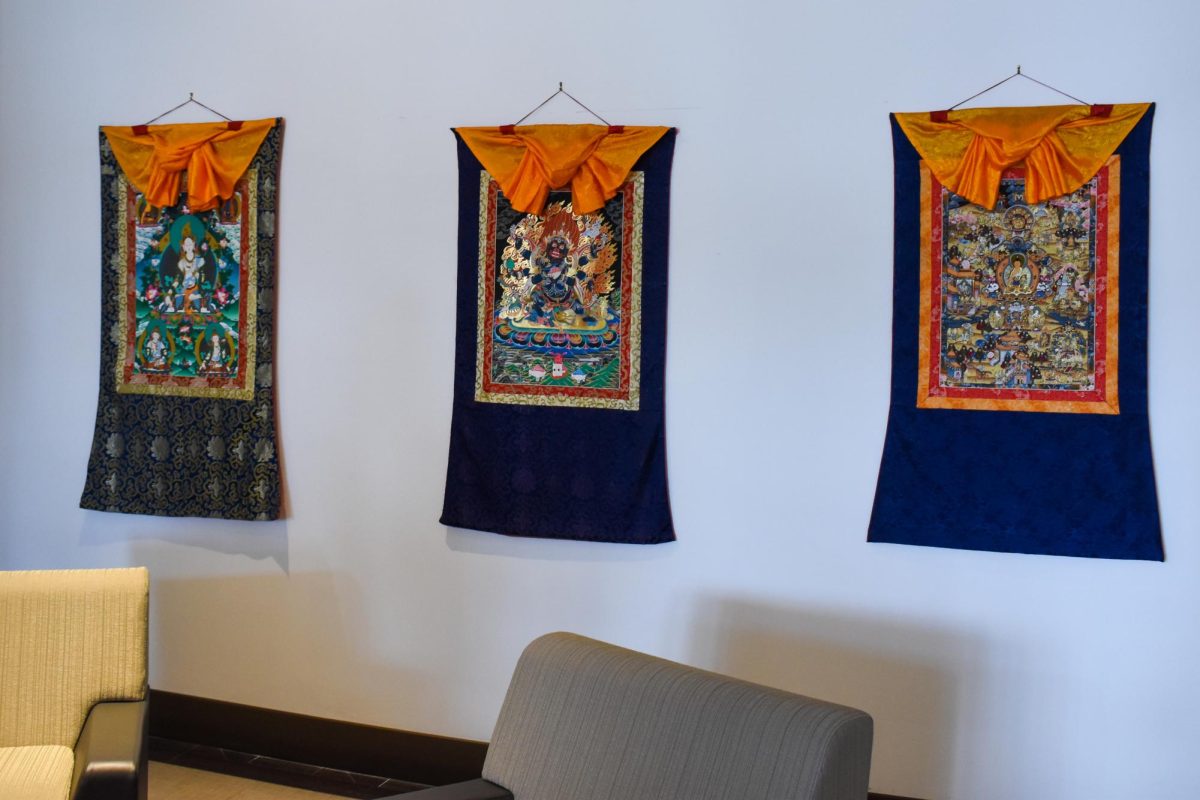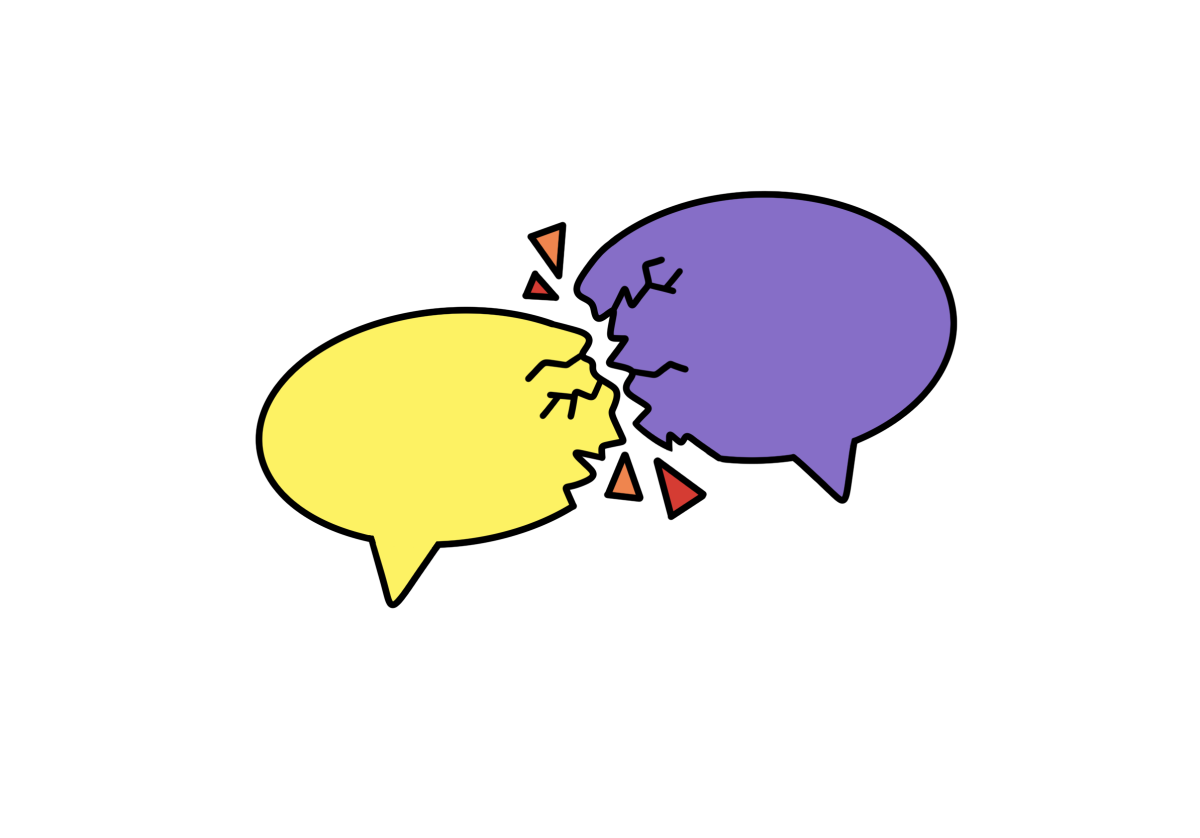Friday is the anthropology program’s big day, as the Museum of Anthropology at Rowan University (MARU) opens to the public every Friday afternoon from noon to 4 p.m.
Curated by Dr. Marie Rosado and Dr. Jane Hill, MARU is spread across three rooms on the second floor of Robinson Hall. The museum is both Rowan’s home for the university’s anthropology program, and the wide range of specimens the program holds in its collection.
At first glance, MARU’s main room appears like a typical classroom. Or, more accurately, a typical classroom covered wall to wall with all kinds of bones. From prehistoric animals long extinct to full skeletons of animals humans cohabitate with today, MARU’s collection proves diverse at even a passing glance. And, with closer inspection, one of its most gripping features calls to visitors from the back of the room – a collection of skulls of all kinds on display in an exhibit dedicated to human evolution.
“We have large collections, the vast majority of our collection are really good copies, as, for example, the human evolution series, we can’t have the originals,” Rosado said. “But we have copies, really good copies of these, and we exhibit them.”
From copies of surviving fossil specimens of early hominids (members of the family of primate species of which humans are the only surviving species) as well as real skeletons of modern primates, the exhibit paints a vivid picture of human evolution and development through bones.
Another one of MARU’s highlights is the collection of replica fossils of prehistoric animals. A mammoth skull hanging right beside the door evokes images of an Ice Age long past and introduces the visitor to other specimens of similar species.
“We teach human evolution, and humans interacted with these animals in the past,” said Rosado. “The collection made up of the megafauna, and you see the mammoth, the saber-toothed cat, those animals are part of what we teach in archaeology and human evolution.”
Rosado explained the theories about the demise of these animals.
“It’s very likely that around the world at least, the end of the Ice Age had a lot to do with the end of these animals, but there is also evidence that humans were overhunting them. The theories on what happened need to be tested in different areas of the world, and we have a lot to learn.”
While the bone-based displays may command the most attention in MARU, the museum also hosts displays with a more archeological-centered focus on human-made artifacts. For example, the museum currently features an exhibit displaying artifacts from two pre-Columbian Native American cultures, the Diaguita of Chile and the Mississippians of what is now the Central United States.
“This case was the first exhibit that the museum studies class made,” said research assistant William Schneider. “Every semester the museum studies class goes through and creates a new exhibit, and this semester we’re gonna do a comparative exhibit comparing the Diaguita culture and the Mississippian culture in the way that they present iconography, mostly of animals and other humans.”
Schneider went on to explain the background of each specimen piece by piece. While the Diaguita portion of the exhibit featured items ranging from a fishing weight to clay bowls, Schneider emphasized the significance of the Diaguita’s human-shaped vessels.
“The belief right now is that they come from what are called ‘zapato’ vessels, which are shaped like shoes, that would have faces on them. Right now there’s some research being done to where they were basically used as effigy vessels, or ways to remember what a person looked like after death, so there’s some question on whether these ones are descendants of that style,” said Schneider.
The Mississippian collection doesn’t disappoint either, as MARU displays pottery and tablets from the United States’ largest Pre-Contact civilization. A highlight of this exhibit is a clay figure of a female farmer, working in the fields.
“The Mississippians had a belief that the world is kind of represented by a snake, and as she’s tilling the field, she’s kind of tilling the snake of the Earth,” said Schneider, explaining the background behind the sculpture. “She’s definitely a farmer trying to till the fields, or, harvest the crops, it’s a little hard to say.”
The museum will continue to open to the public on Fridays, and on Tuesday, Dec. 10, MARU will be debuting a new exhibit, featuring a collection of artifacts on loan from the Salem County Historical Society, whose display will be designed by Rowan students in the museum studies course.
For comments/questions about this story DM us on Instagram @thewhitatrowan or email [email protected]




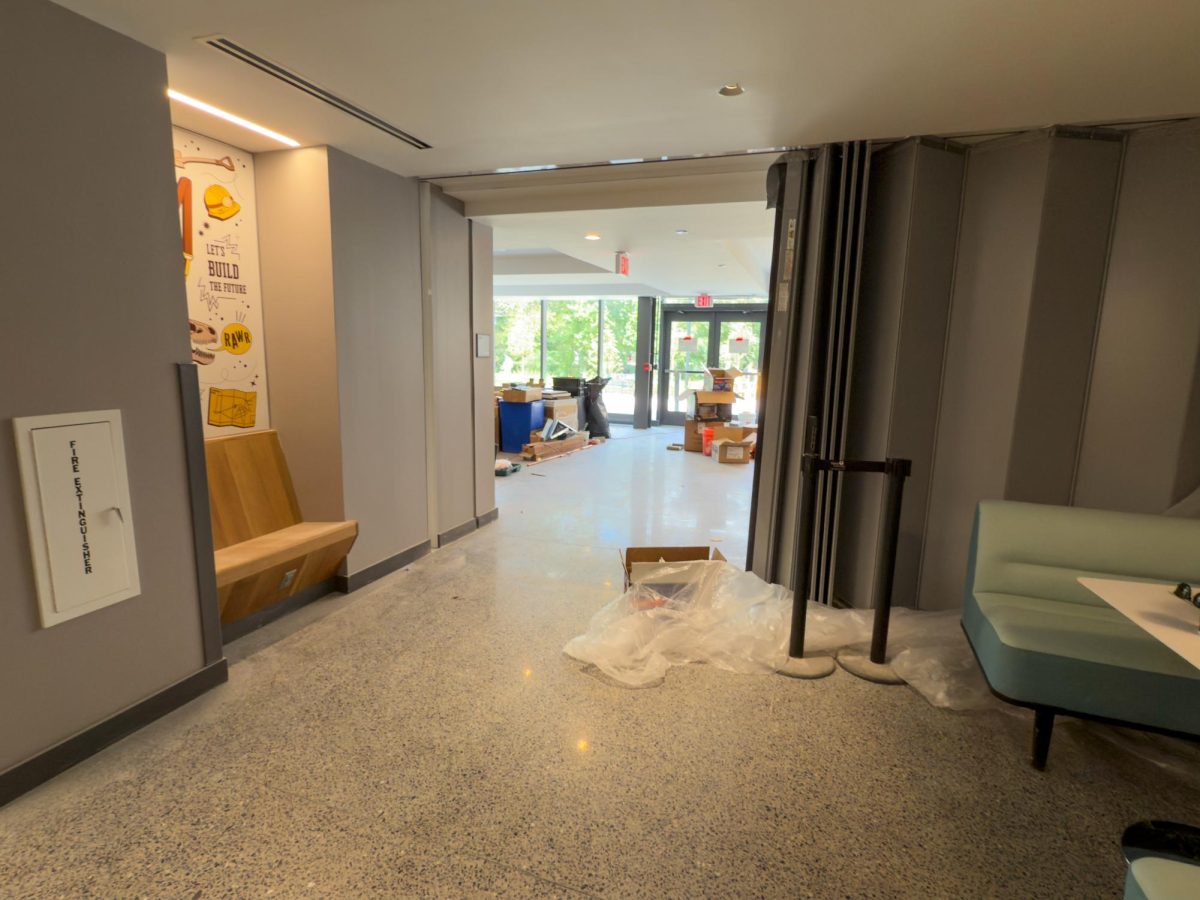

























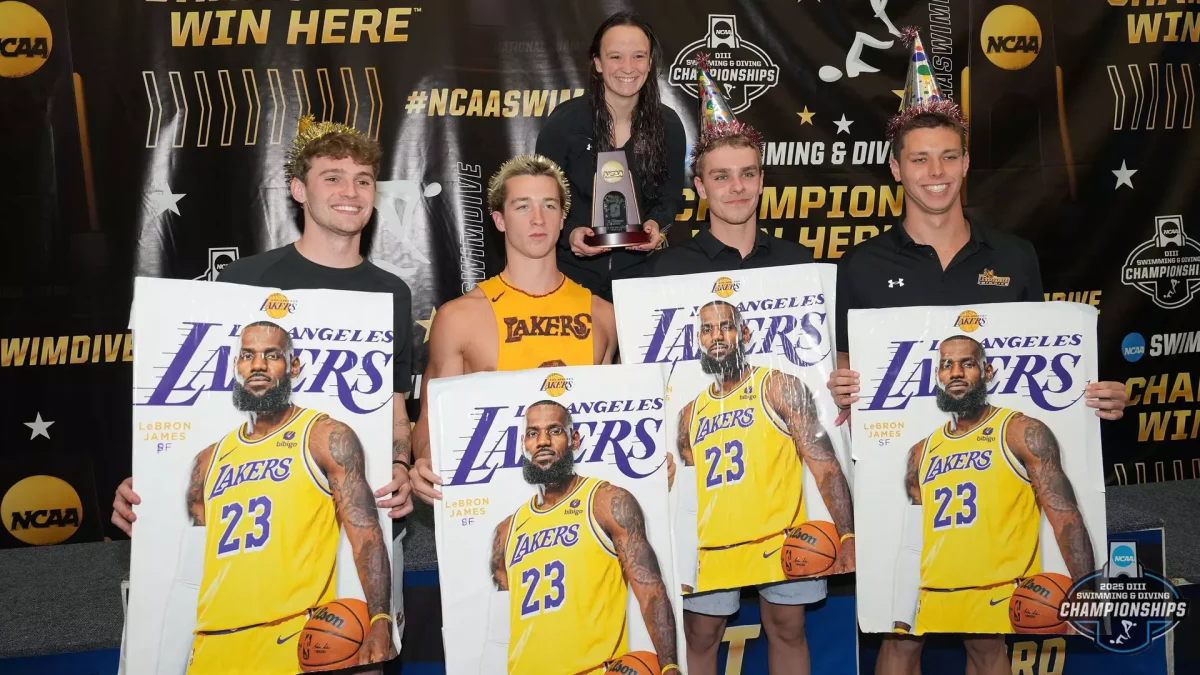




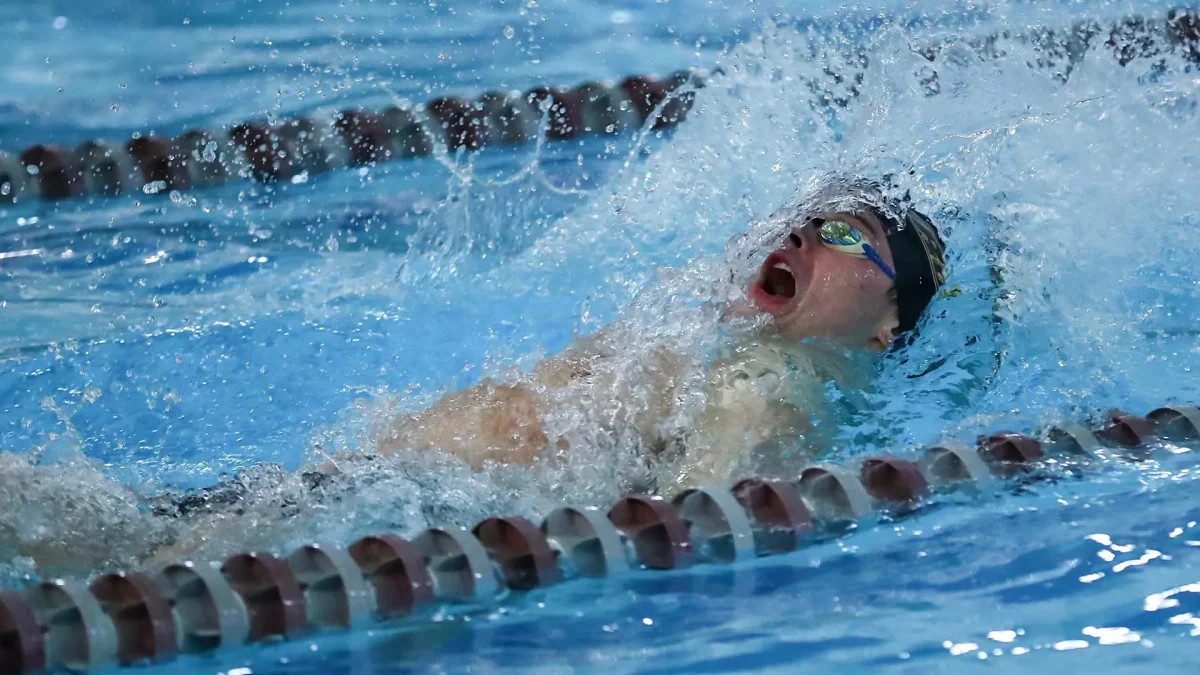





















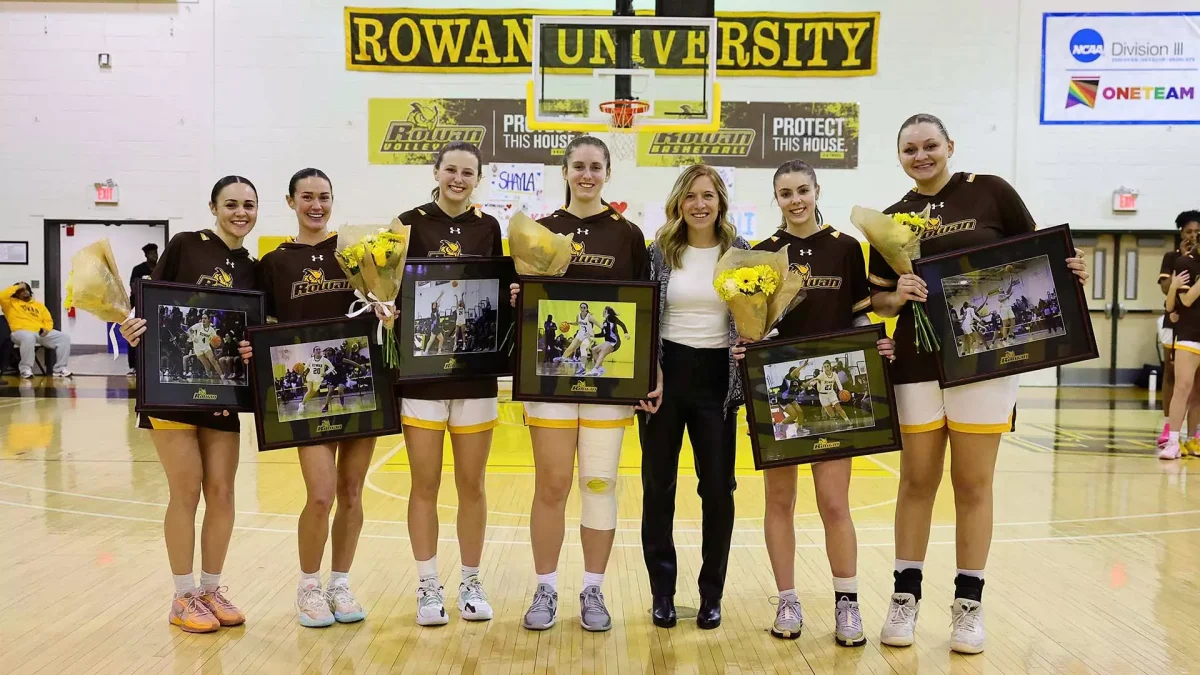










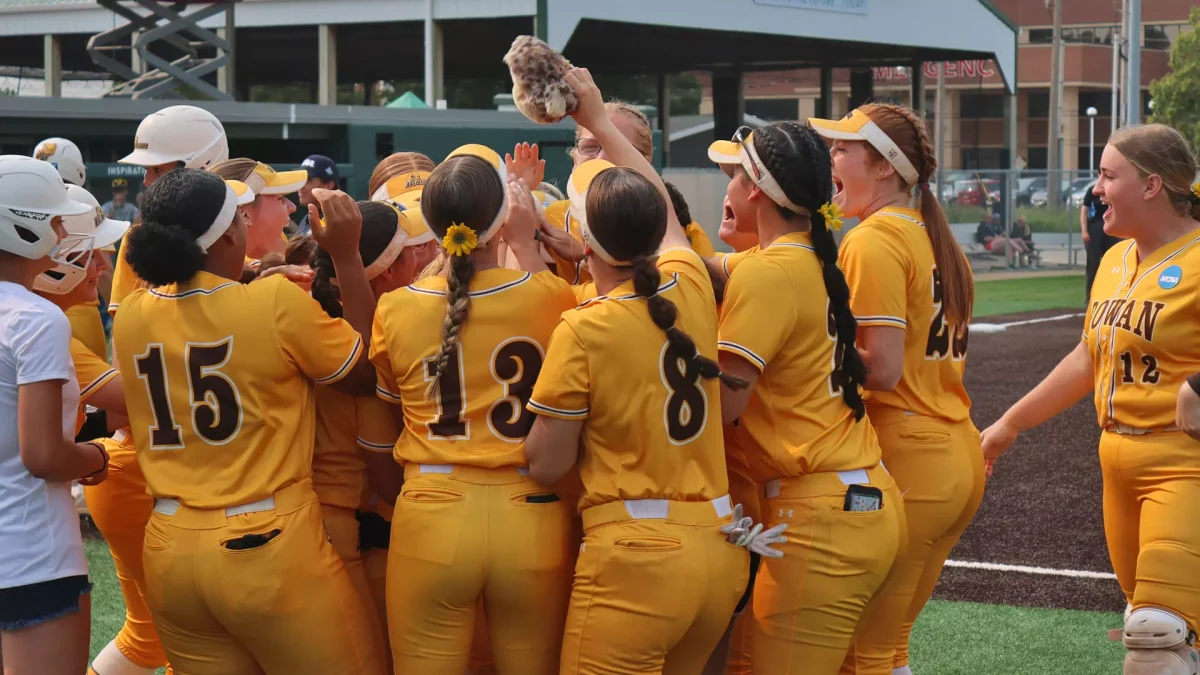









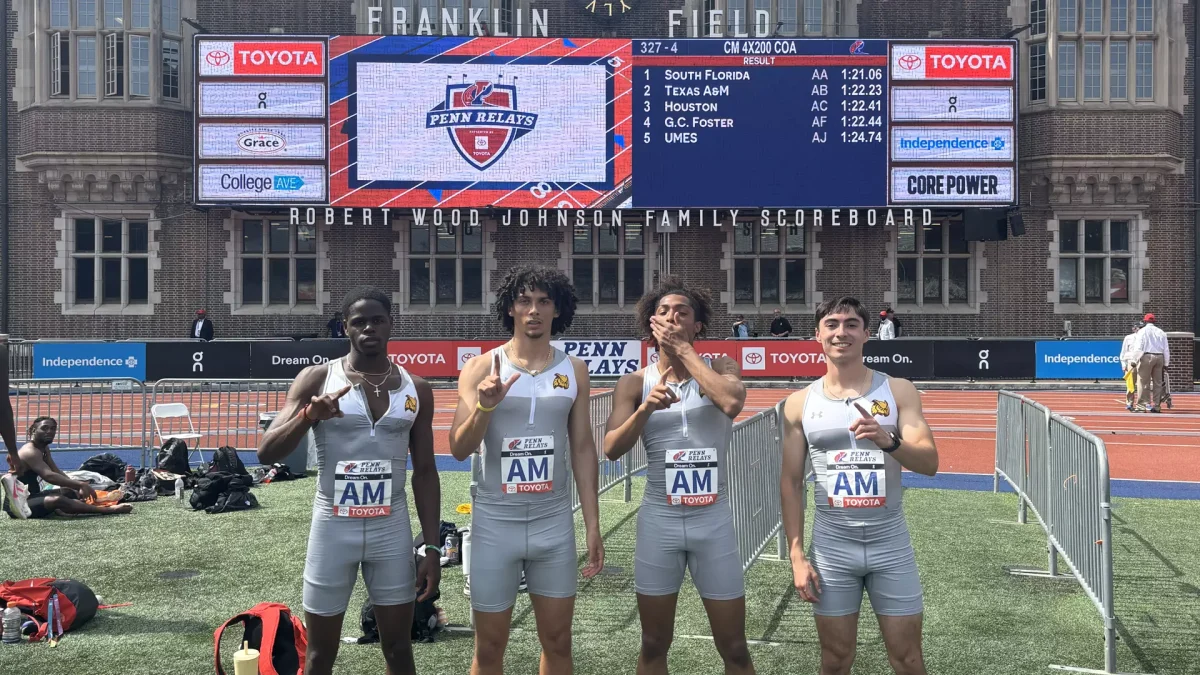












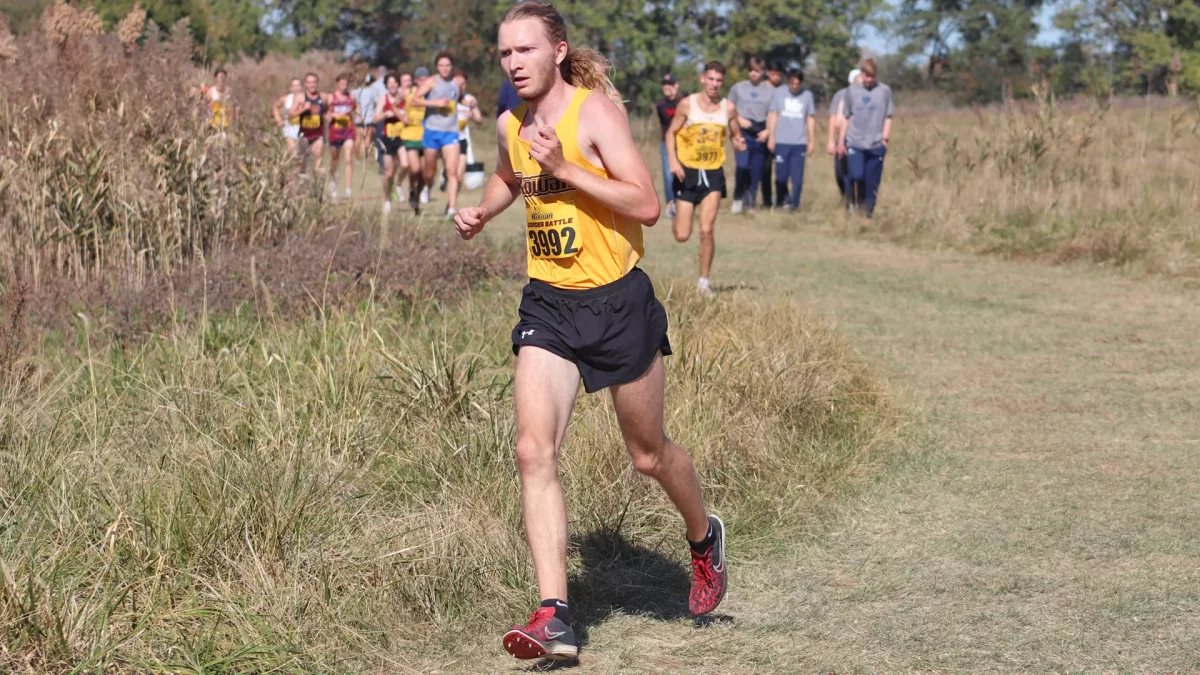



















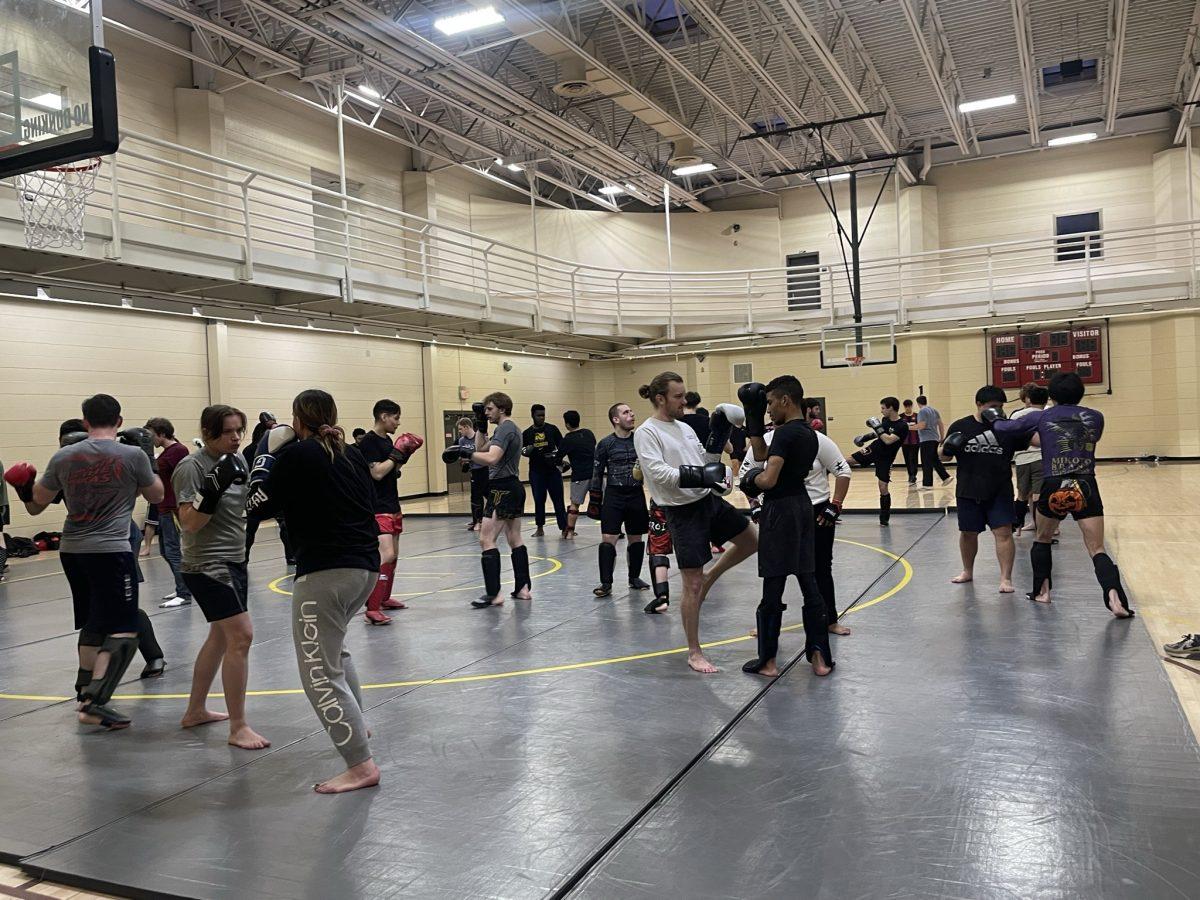

















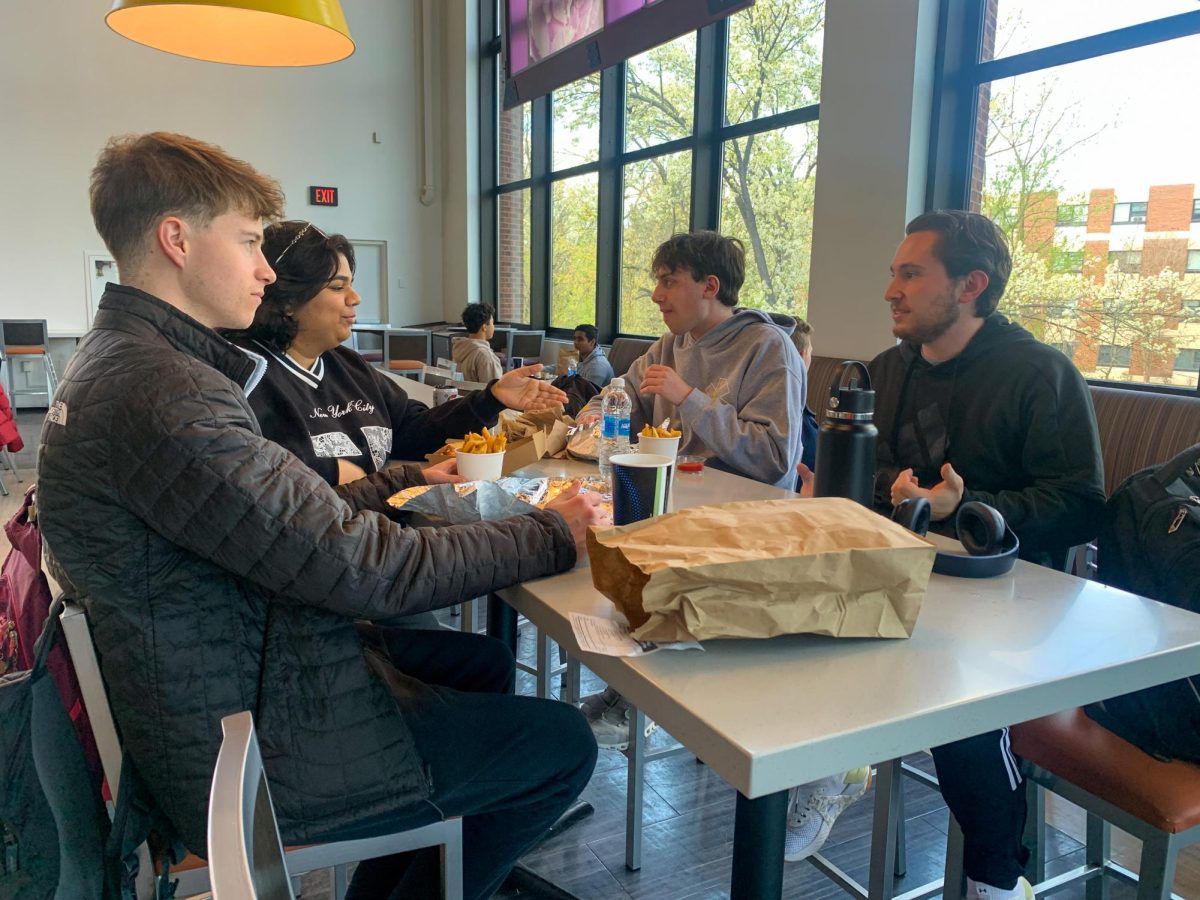




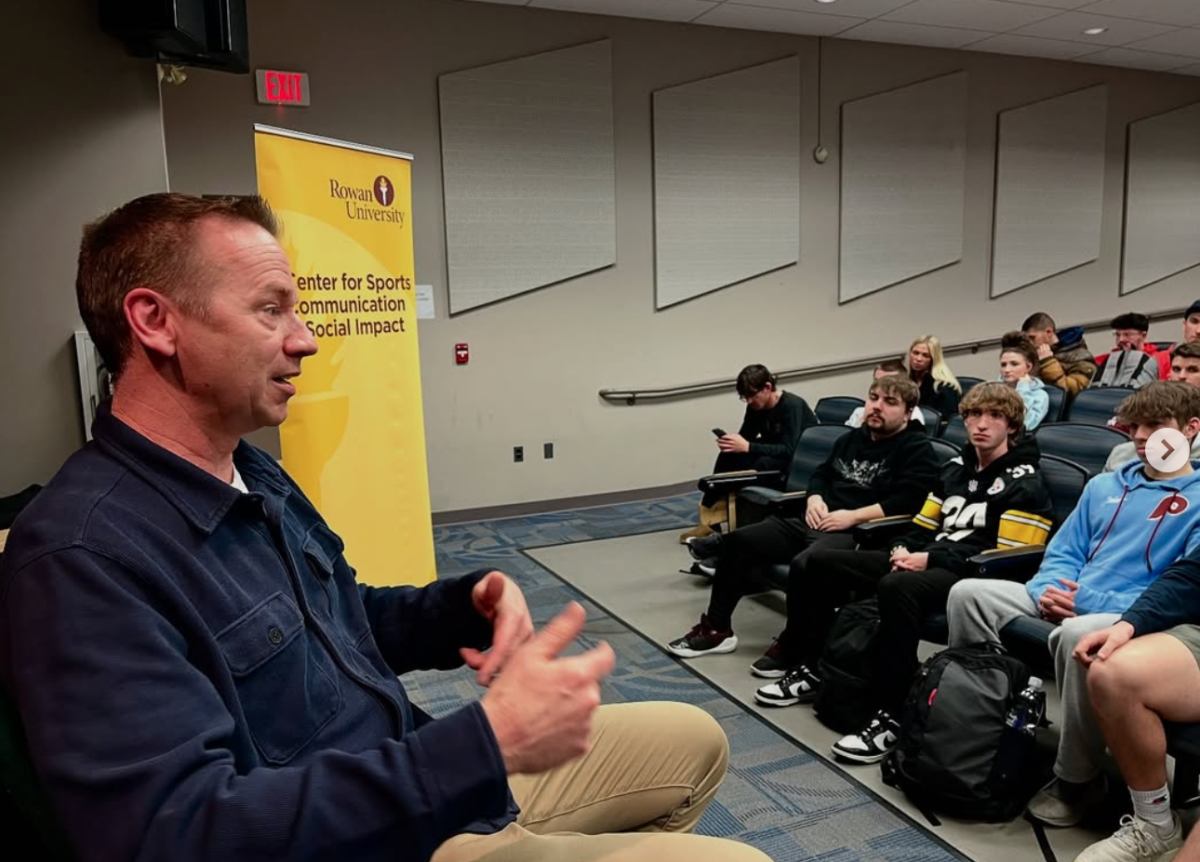


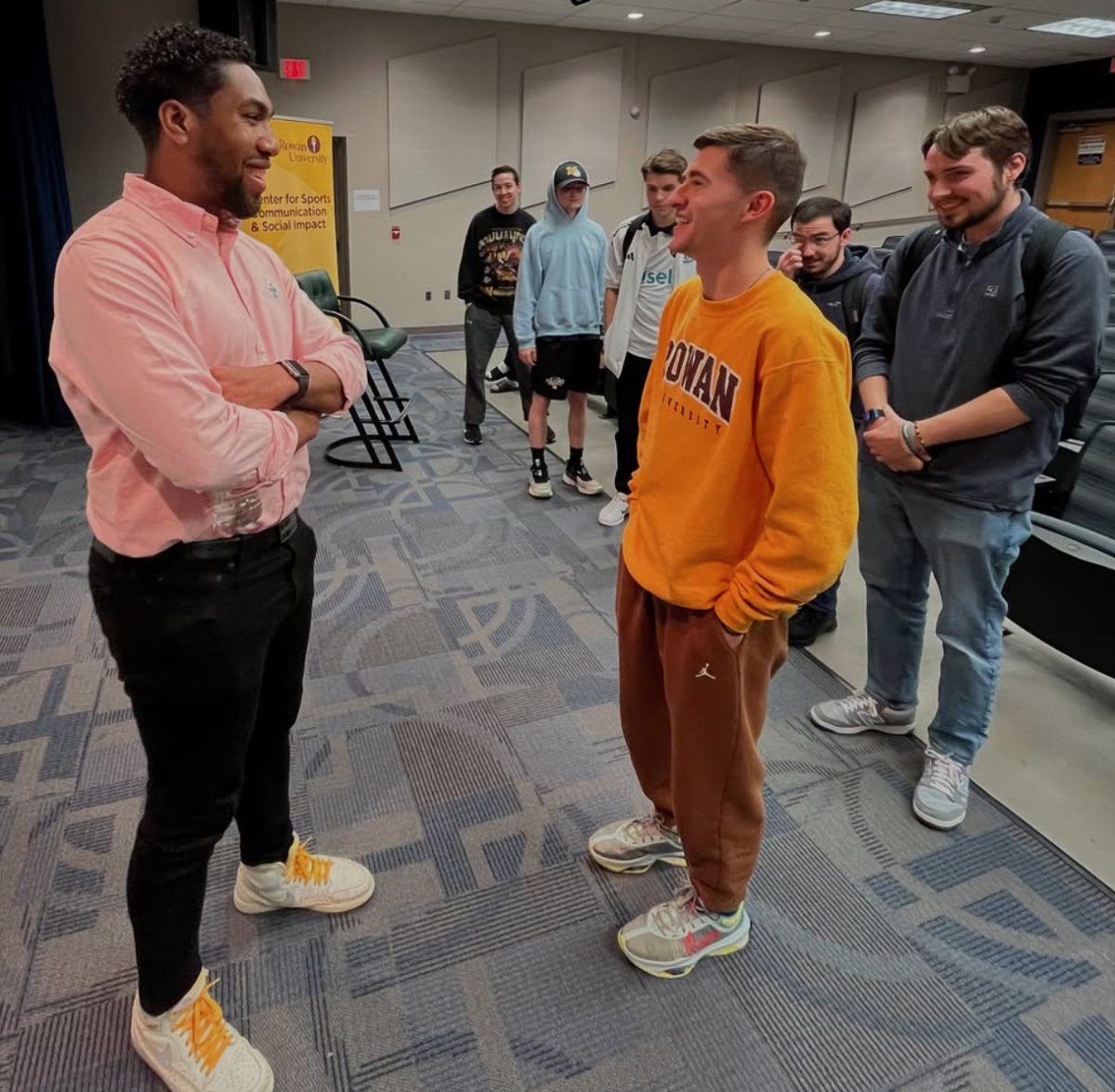

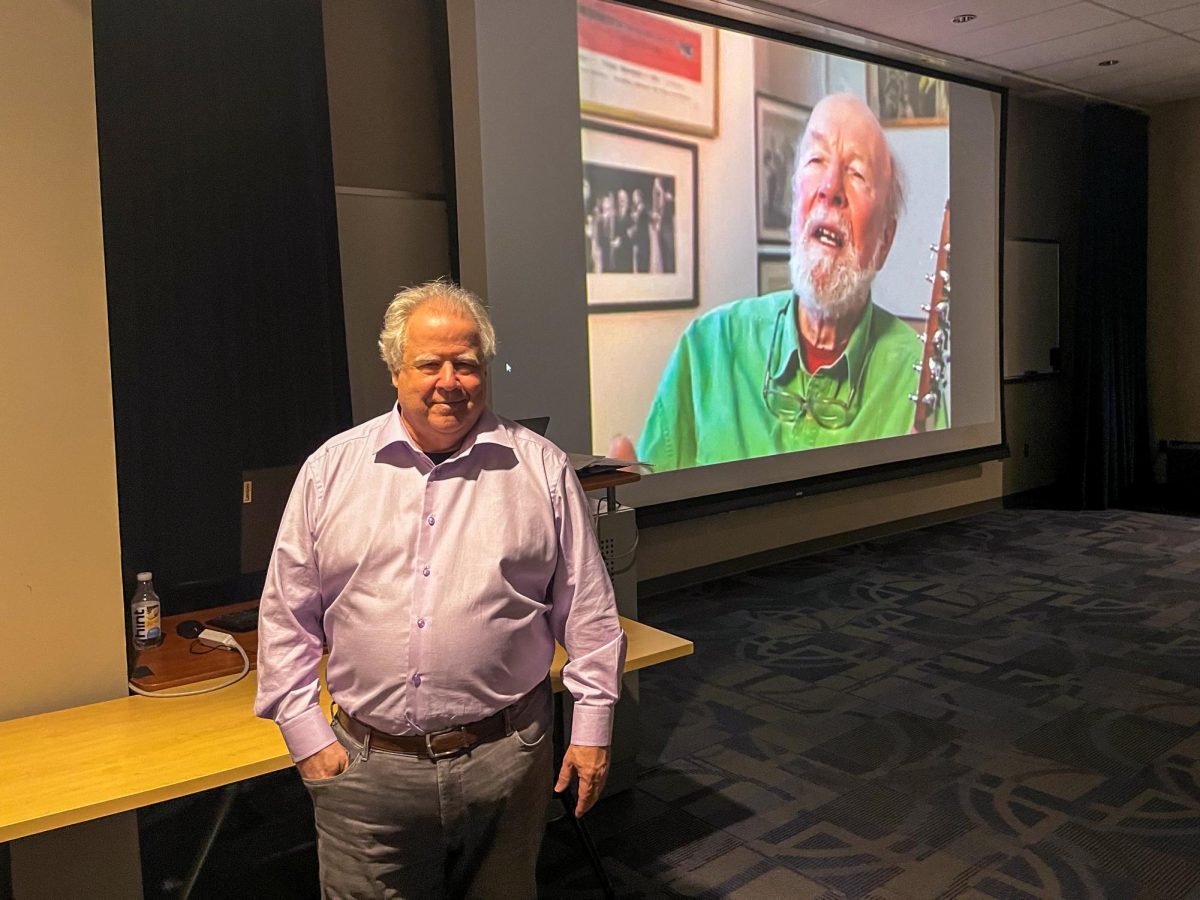












!["Working with [Dr. Lynch] is always a learning experience for me. She is a treasure,” said Thomas. - Staff Writer / Kacie Scibilia](https://thewhitonline.com/wp-content/uploads/2025/04/choir-1-1200x694.jpg)

